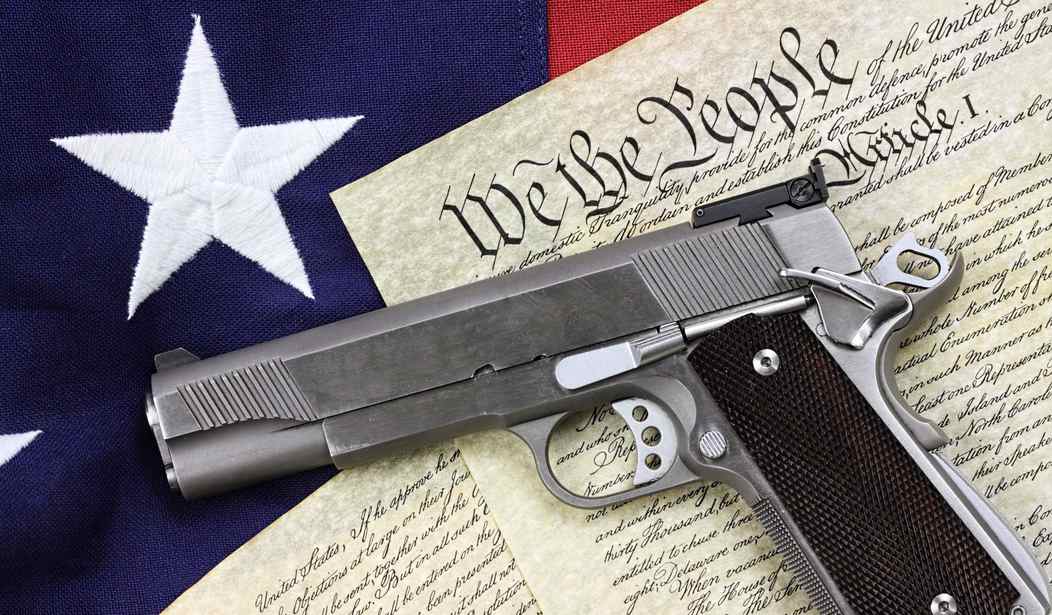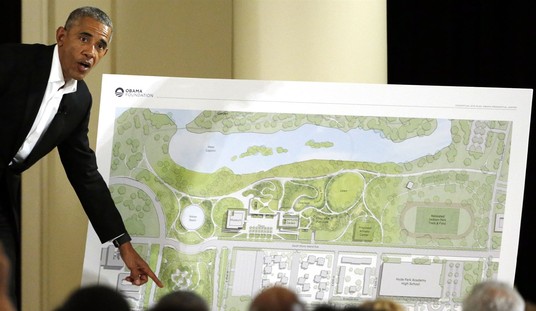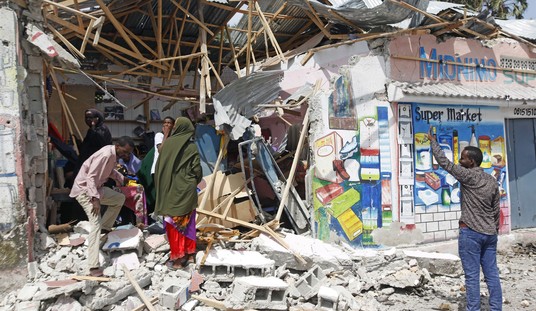The Ninth Circuit Court has upheld the ruling of the lower court in the Edward Peruta v. County of San Diego case and affirmed the Second Amendment does not include a right to conceal a firearm. The Peruta case challenged the legality of denying permits to conceal and carry a firearm unless the applicant for a permit has “good reason” to do so. A three-judge panel initially ruled that the San Diego County Sheriff’s Department did not have the right to deny the permit. The case was subsequently heard by the entire Ninth Circuit Court and their decision was released today.
Read the summary of the ruling on the next page.
The en banc court affirmed the district courts’ judgments and held that there is no Second Amendment right for members of the general public to carry concealed firearms in public.
Appellants, who live in San Diego and Yolo Counties, sought to carry concealed firearms in public for self-defense, but alleged they were denied licenses to do so because they did not satisfy the good cause requirements in their counties. Under California law, an applicant for a license must show, among other things, “good cause” to carry a concealed firearm. California law authorizes county sheriffs to establish and publish policies defining good cause. Appellants contend that San Diego and Yolo Counties’ published policies defining good cause violate their Second Amendment right to keep and bear arms.
The en banc court held that the history relevant to both the Second Amendment and its incorporation by the Fourteenth Amendment lead to the same conclusion: The right of a member of the general public to carry a concealed firearm in public is not, and never has been, protected by the Second Amendment. Therefore, because the Second Amendment does not protect in any degree the right to carry concealed firearms in public, any prohibition or restriction a state may choose to impose on concealed carry — including a requirement of “good cause,” however defined — is necessarily allowed by the Amendment.
The en banc court stated that there may or may not be a Second Amendment right for a member of the general public to carry a firearm openly in public, but the Supreme Court has not answered that question.
The en banc court granted the motion to intervene by the State of California, which sought intervention after the San Diego Sheriff declined to petition for rehearing en banc following the panel’s decision. The en banc court held that under the circumstances presented here, California’s motion to intervene was timely.
Concurring, Judge Graber, joined by Chief Judge Thomas and Judge McKeown, wrote separately only to state that, even if the Second Amendment applied to the carrying of concealed weapons in public, the provisions at issue would be constitutional.
Dissenting, Judge Callahan, joined by Judge Silverman as to all parts except section IV, by Judge Bea, and by Judge N.R. Smith as to all parts except section II.B, stated that in the context of present-day California law, the defendant counties’ limited licensing of the right to carry concealed firearms is tantamount to a total ban on the right of an ordinary citizen to carry a firearm in public for self-defense. Thus, plaintiffs’ Second Amendment rights have been violated.
Dissenting, Judge Silverman, joined by Judge Bea, would hold that the challenged laws are unconstitutional under the Second Amendment because they do not survive any form of heightened scrutiny analysis.
Dissenting, Judge N.R. Smith stated that he joined the dissent of Judge Callahan but wrote separately only to express his opinion that the appropriate remedy is to remand this case to the district courts to allow them to initially determine and apply an appropriate level of scrutiny.









Join the conversation as a VIP Member